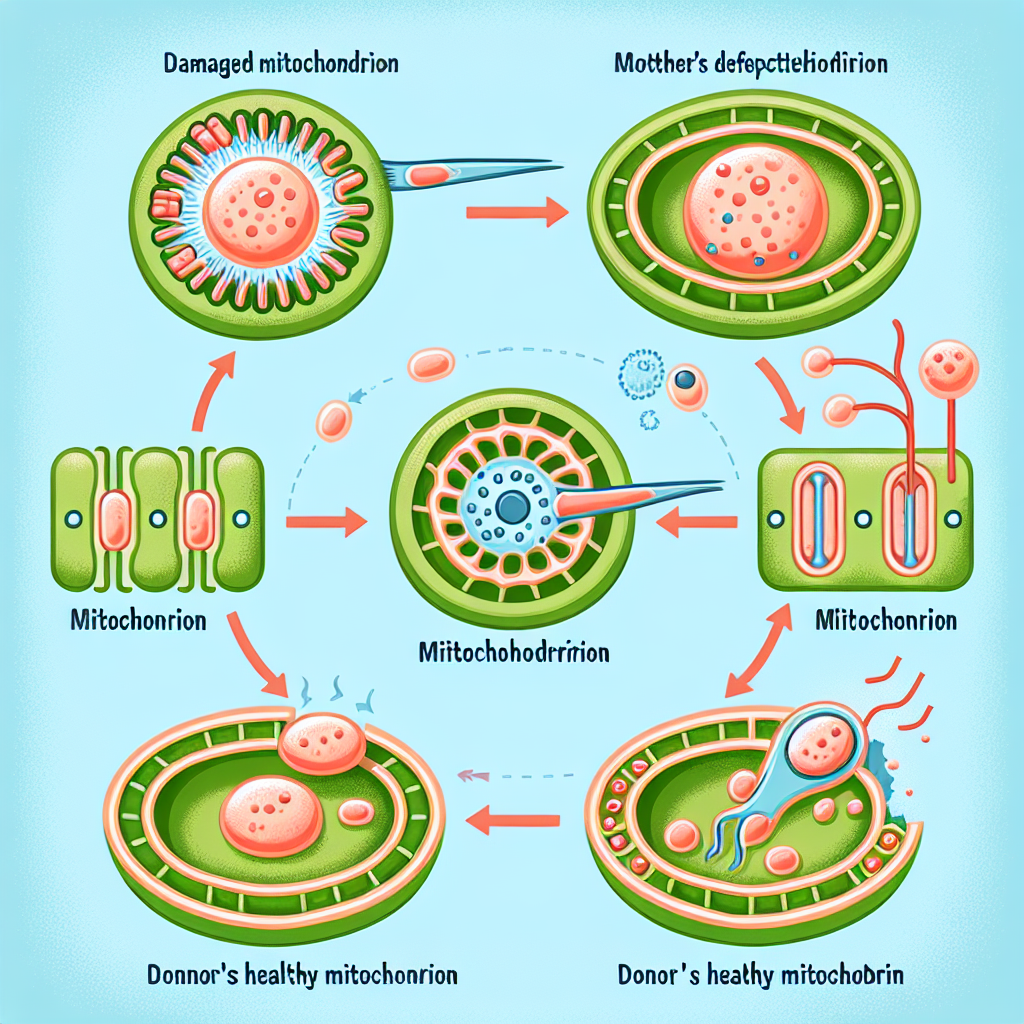A Decade After: Evaluating the UK's Pioneering Mitochondrial Donation Breakthrough
The UK marks ten years since legalizing mitochondrial donation, a technique preventing the transmission of genetic disorders. While eight healthy children were born, questions remain about the transparency of results, effectiveness versus expectations, safety concerns, and patient experiences. The UK must balance breakthroughs with responsibilities for true progress.

- Country:
- United Kingdom
In a landmark achievement ten years after the UK's pioneering step to legalize mitochondrial donation, eight healthy children have been born, thanks to this groundbreaking reproductive technology aimed at preventing genetic disorders. The New England Journal of Medicine recently published two papers highlighting the method's success in reducing the risk of inherited diseases.
However, this achievement raises critical questions about the transparency and effectiveness of this technology. While regulatory bodies approved numerous applications, only a handful resulted in successful births, sparking concerns over whether the investment justified the outcomes and if expectations were perhaps overly optimistic.
Moreover, safety remains an issue as some cases showed elevated levels of maternal mitochondrial DNA, hinting at a potential reversal risk. Experts are now contemplating broader studies across different patient groups to thoroughly assess the technology's safety, as families and scientists alike demand more evidence to ensure informed decisions in future applications.
(With inputs from agencies.)










